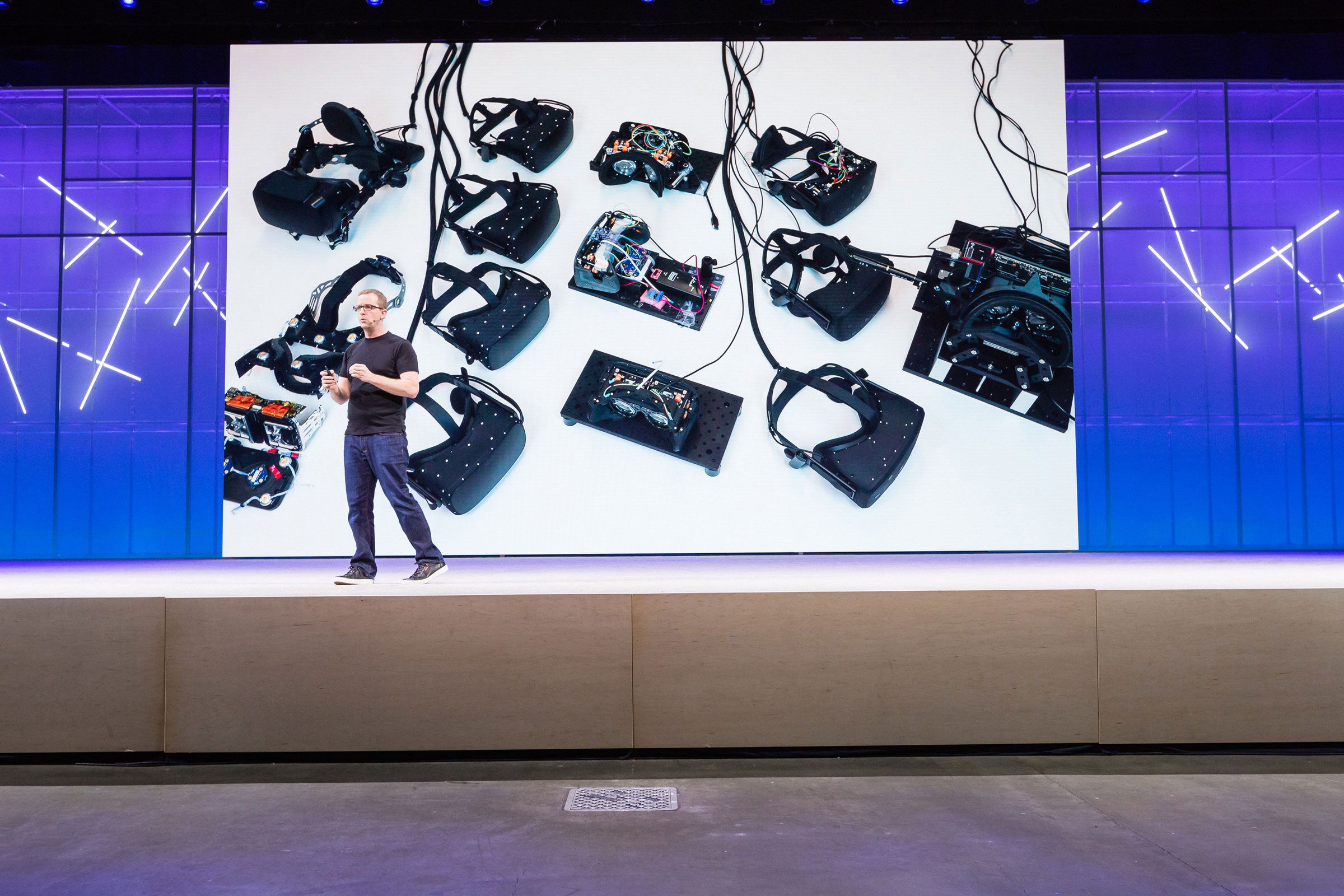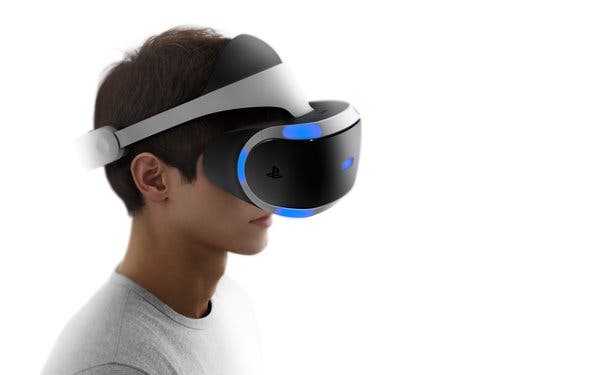Virtual reality, which comprises computer-generated 3D environments that can range from startlingly realistic to abstract wonderlands, has been on the verge of widespread adoption for years but has yet to take off.
The pandemic should have been VR's big break, providing a way out for millions of cooped-up families. People can interact with a 360-degree, three-dimensional environment using special headsets and gloves, which appear to be a good fit for those stuck inside. Consumers preferred simpler and more accessible technology such as Zoom, Nintendo's Switch, and streaming services such as Netflix.
It's the latest setback in an industry known for its halting progress.
After the lockdown began, Amit Caesar, 43, decided it was time for a VR headset. He has a PlayStation and a Nintendo Switch, and when he couldn't do outdoor hobbies like rock climbing at the start of the pandemic, he would spend about an hour and a half a day gaming. He has an Oculus since 2013, when it was still a Kickstarter project, and predicted that it would be ready in 2020.

He explained, "I was stuck at home here in Israel," “I figured now was the time.”
For years, industry observers have been saying the same thing. Early demonstrations of the Oculus Rift wowed Facebook so much that it purchased the company for $2 billion in 2012. In 2015, rivals such as the HTC Vive and Samsung's Gear were released. In 2016, the Oculus Rift became available for purchase.
Consumers, on the other hand, have objected to the cost of the hardware: a headset costs several hundred dollars, the same as a video game console with hundreds of games. Early VR headsets also lacked a game or service that would make them seem indispensable, such as web browsers for personal computers or mobile Internet for iPhones. The heavy weight of headsets, slow software, and tendency to cause nausea have also stifled VR's growth.
“Trying to work out while wearing a 4-pound weight on your head is difficult,” Caesar said. “It also doesn't feel good to sweat right into a $400 pieces of electronics you just bought.”

Facebook decommissioned the Rift last month. Its most recent devices have fared better. In October, it released the $300 Oculus Quest 2, a less expensive and more advanced version of the original $400 wireless Oculus Quest. Facebook doesn't disclose sales figures, but it claims Quest 2 is selling better than expected and has already outsold all of its predecessors since its release.
They designed the headset for gaming with dual hand controllers and does not require tethering to a computer or gaming console.
In an April conference call with analysts, Facebook CEO Mark Zuckerberg stated that the Quest 2, while still primarily used for games, is increasingly being used for fitness and virtual workplaces.
“I believe that augmented and virtual reality will enable a deeper sense of presence and social connection than any other platform, and they will be an important part of how we interact with computers in the future,” said Zuckerberg. “As a result, we'll continue to invest heavily in creating the best experiences here, and this will account for a significant portion of our overall R&D budget growth.”
“Quest 2 is a necessary step toward VR maturity,” said Amit Ceasar from VRisrael2013. “It's also an expected step in the sense that smartphone trends have conditioned consumers and the market to expect frequent technology upgrades.”
Hardware updates are good, but more content and ways to create content, as well as improving the usability of the gadgets, are required for the technology to fully mature, according to Caesar.
According to Nielsen's Super Data, the first-person shooter VR game "Half-Life: Alyx" sold about 680,000 copies in its first month, contributing to the original Quest's success. That's a success for virtual reality games, but it's still a niche market when compared to games like Nintendo's Animal Crossing: New Horizons, which sold 13.41 million copies in its first six weeks worldwide.
Creating content for virtual reality is a “heavy lift,” according to Caesar. “A lot of companies are developing platforms on which you can build things. However, the talent and content pipelines are still lacking.”
Susmilch scoured online retail sites for an Oculus Quest he could pick up at a local Best Buy. He liked it, but the novelty wore off after a few days, he said. “Superhot VR,” a first-person shooter, was entertaining, but he beat it after a few hours. He hoped games like “Beat Saber,” a rhythm game that encourages movement, and “Box VR,” a boxing game, would help him exercise, but the headset was too cumbersome for him.
The lack of networking capabilities on the workplace side of VR has also put a damper on things. When the pandemic struck, Zoom was ready to go, and people could connect using existing hardware. While some small VR companies, such as Spatial, offer virtual reality meeting software, most people who found themselves working from home didn't have a headset, and employers weren't likely to spend money shipping them out.

The Quest 2 is a major turning point for virtual reality, according to George Jijiashvili, principal analyst at research firm Omdia. Its lower price and wireless connectivity are two major selling points. According to Omdia, 2.3 million Quest 2s were sold worldwide in the fourth quarter of 2020. That's about half of what Sony sold in four years with its PlayStation VR headsets.
Despite this, “mass adoption of VR headsets remains well over a decade away,” according to Jijiashvili, owing to a lack of hit games or a “killer app” as well as the difficulty in setting up and using the headsets. In 2020, he estimates people will spend $1 billion on VR content, a drop in the bucket compared to the $168 billion spent by consumers on video games in the same year.
Perhaps when Quest 3 will released, we will see its append.


